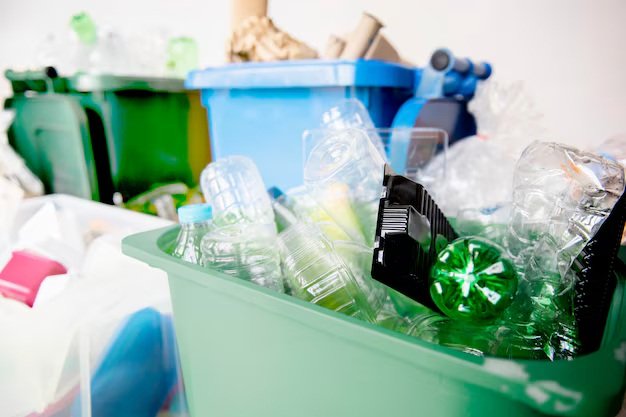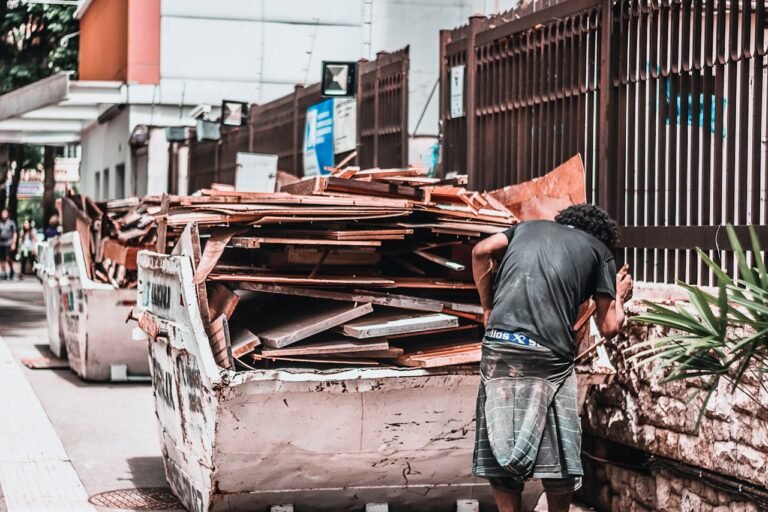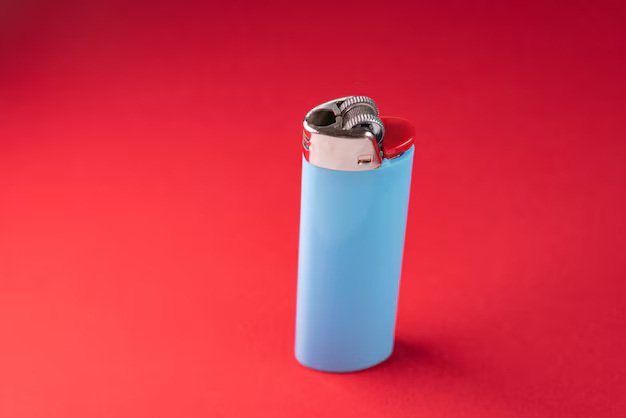How Recyclers Actually Check the Carbon Footprint of Recycled Plastics
ecyclers who sell recycled plastics or supply them into products don’t guess at carbon footprints. They measure them with life-cycle tools, follow product-level rules, and often get a third party to verify the numbers. At the centre of verification is a life-cycle assessment (LCA) that follows international rules for what to count (from collecting a discarded bottle to turning it into new pellets) and how to report the result as kilograms of CO₂-equivalent per kilogram of material. According to ISO (2018), the ISO-14067 family defines the principles and reporting rules for a product carbon footprint and ties the method to established LCA practice.
Companies and recyclers usually present LCA results inside an Environmental Product Declaration (EPD) or a company report so buyers can compare products that use recycled material. EPD programmes require Product Category Rules (PCRs) — common assumptions and boundaries that make different LCAs comparable. According to EPD International, EPDs are the most widely used, third-party verified way to publish product LCA results, including carbon footprints.

The Methods and Checks: What Auditors Look For
At the technical level, verifiers look for four things: a clearly defined scope and functional unit (what one kilogram of recycled pellets is being compared to), robust life-cycle inventory data (energy use, transport, yields), consistent allocation rules (how shared processes are split between co-products) and transparent treatment of end-of-life and recycled content. The GHG Protocol and its Product and Scope-3 guidance explain the recycled-content method and the closed-loop approximation method that companies commonly use when they report recycled material and value-chain emissions. Organisations that verify results expect LCAs and corporate scope-3 reports to align with that guidance. A report by the GHG Protocol in 2024 summarised those methods and why consistent approaches matter for value-chain accounting.
Traceability and chain-of-custody are the next layer. Certification systems — for example, ISCC PLUS’s mass-balance approach, RecyClass’s traceability and recyclability audits, and SCS Global Services’ recycled-content standards — check whether the physical recycled material, paperwork and bookkeeping match the carbon claim. ISCC PLUS sets rules for how recycled feedstock can be tracked through mixing systems; RecyClass runs recyclability and traceability audits focused on packaging streams; and SCS offers widely used recycled-content certification and, increasingly, carbon-assurance products. According to ISCC (2024) and RecyClass (2025), these systems let buyers trust both the origin and the quality of the recycled feedstock.
Independent verification is typically done to ISO verification standards (ISO 14064-3 or equivalent) or by recognised assurance bodies that follow ISO 14067 guidance. Verification involves auditors checking raw data, factory records, mass-balance documentation, transport logs and the LCA calculation files. Verification reports will flag sensitive assumptions (for example, energy grid mix, recycling yield, and transportation distances) and either accept, qualify, or require revision of the claim before it can be published in an EPD or on a label. Independent verifiers such as SGS, UL and SCS publish service pages explaining how they apply ISO 14067 and LCA audit methods.
Reality on the Ground: Studies, Business Examples and a Small Statistics Table
Recycled plastics do not have a single fixed carbon footprint — the result depends on how the plastic was collected, cleaned, sorted, transported and reprocessed. Several peer-reviewed LCAs and industry reports show the range and the drivers.
A 2024 comparative study of bottled containers found that bottles made from recycled PET (rPET) can show substantially lower lifecycle global warming potential compared with virgin PET, but the savings vary with energy source and recycling yield. The study also shows big variation across polymers and recycling routes: mechanical recycling of clean waste streams often delivers the largest near-term climate benefit; chemical recycling can be useful for mixed or contaminated streams, but its footprint depends heavily on the energy input.
Companies that use a lot of plastic are publishing concrete numbers and using third-party verifiers. For example, Coca-Cola’s 2023 environmental update reports the share of recycled material in its packaging and cites LCA work (third-party studies) used to calculate PET emission factors, while Unilever’s public statements explain both the increase in PCR (post-consumer resin) use and how it reduces the overall packaging footprint. According to Coca-Cola and Unilever, shifting to higher shares of certified recycled content is one of the levers companies use to lower packaging-related emissions.
Below is a short statistics snapshot built from public reports (useful as a quick case comparison):
| Organisation | Public recycled content (most recent) | Notes on carbon/accounting |
|---|---|---|
| Coca-Cola (2023) | 27% recycled materials in primary packaging (17% rPET for PET). | Uses LCA-based emission factors from third-party studies and reports progress in the sustainability update. |
| Unilever (2023) | ~21–22% recycled plastic in packaging (global portfolio). | Public Q&A notes PCR growth and that recycled materials reduce lifecycle GHG versus virgin. |
| RecyClass / Europe (2024–25) | RecyClass traceability and recyclability schemes cover a growing share of recycling streams. | RecyClass publishes audit and traceability rules that underpin recycled-content claims. |
Unilever’s head of packaging, Pablo Costa, described the operational challenge of sourcing “high-quality recycled content” and pointed out that using recycled materials “has a significantly lower overall greenhouse gas footprint than virgin plastic across the full packaging life cycle.” That kind of front-line, company-level testimony — combined with audited LCA and third-party certification — is a typical route for recyclers to turn operational experience into credible carbon claims.
Independent certifiers are also moving into carbon assurance, not just recycled-content claims. For example, SCS launched carbon-assurance programmes designed to measure the greenhouse-gas intensity of chemical materials and recycling processes, signalling a market shift toward certifying the carbon performance of recycled streams rather than only the mass of recycled content. According to SCS, buyers increasingly demand verified carbon intensity, not just recycled percentages.
Practical Guide — Steps a Recycler Should Follow (and What Buyers Should Ask for)
If you are a recycler who wants your recycled pellets or flakes to carry a verified carbon footprint, or a buyer who wants to trust a recycler’s numbers, here are practical, verifiable steps rooted in current practice and standards.
Start with a clear, documented LCA scope. Decide the functional unit (for example: 1 kg of pellets, ready for conversion) and system boundary (cradle-to-gate is common). Use recognised LCA software and databases, and align with ISO 14040/14044 and ISO 14067 principles so the footnote, assumptions and cut-offs are auditable. According to ISO (2018), those standards describe exactly what verifiers will check.
Develop an EPD or a product carbon footprint report based on a published PCR where available. Where a PCR for your exact stream does not exist, document and justify your choices and get that documentation ready for the verifier. EPD programmes like the International EPD System explain how PCRs and verification fit together.
Put robust bookkeeping and chain-of-custody in place. Use traceability documentation or a mass-balance approach that aligns with schemes such as ISCC or RecyClass. Auditors will match incoming waste receipts, sorting and washing yields, energy bills and output weights to make sure the reported recycled content and associated LCA flows are real. According to ISCC and RecyClass guidance, mass balance and traceability are central for trustworthy claims.
Choose an accredited verifier and expect questions. Verifiers will request raw LCI files, invoices for energy and transport, process-control records, quality-control tests and the chain-of-custody trail. They will also want to see sensitivity checks (how the footprint changes if yields drop or grid electricity changes). Use verifiers experienced with ISO 14067 and the relevant EPD programme — many recyclers use SGS, UL, SCS or similar firms. Guidance from the GHG Protocol explains how to treat recycled content in corporate and product accounting.
Publish transparently and be conservative in claims. Small changes in assumptions (electricity decarbonisation, transport distance, contamination rates) can swing results. Buyers and auditors prefer conservative, well-documented assumptions; when in doubt, disclose the sensitivity range and the conservative choice used for labels or marketing. This is consistent with public LCA practice and with what procurement teams ask for in verified EPDs.
Finally, match claims to buyers’ accounting methods. Corporate buyers will often need recycled content claims expressed in ways that plug into their Scope-3 accounting. The GHG Protocol’s product and scope-3 tools help companies decide which recycled-content method or closed-loop approximation to accept. Make sure the verified numbers you publish can be reused by your customers in their corporate GHG inventories without double-counting.







